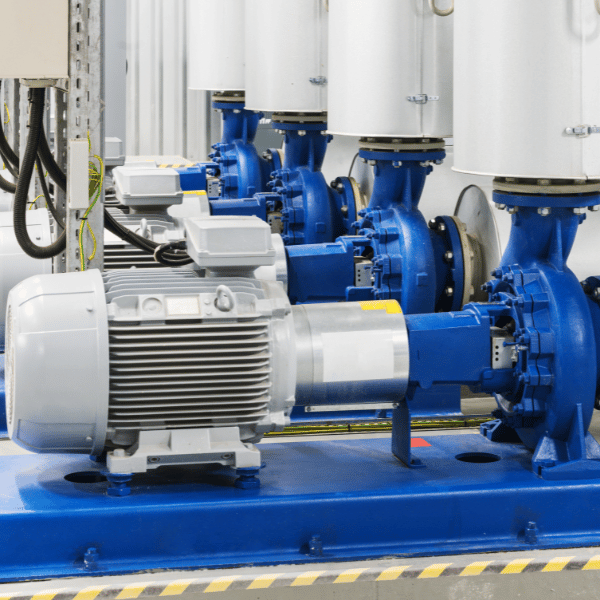What Does a Transfer Pump Do?
Transfer pumps allow people to move materials and fluids more efficiently.
Workers often move fluids and solids from point A to point B in many settings. Doing so by hand is dangerous and inefficient. Fortunately, transfer pumps are readily available.
This article will discuss the basics of transfer pumps and explore the most common types.
What is a transfer pump?
Transfer pumps allow people to move materials and fluids more efficiently. They create powerful suction to transport the substances from one place to another. These systems are perfect for settings that require continuous flow to supply materials in certain areas or remove them from others.
Transfer pumps can move a wide range of substances:
Water
Oil
Diesel
Sewage
Sand
Dust
What are the different types of transfer pumps?
Here are the most widely used transfer pumps.
Electric pumps: There is a wide array of electric pumps, most of which are designed for projects requiring a continuous flow of various substances. The systems also operate silently, which is crucial for many jobs.
Air pumps: Air pumps relocate air from tanks to pressurized areas, compressed air lines, aerosol containers, or vacuum lines. They work according to the same principle as vehicle AC units, extracting air from one location and pushing it to its destination. These machines are stationary.
Centrifugal pumps: A centrifugal pump contains an impeller. This component spins to force liquids against a barrier, creating a powerful force. In turn, the mechanism transports the substance through hoses or pipes.
Displacement pumps: Like centrifugal transfer pumps, displacement pumps move fluids through hoses or pipes. But rather than pumping liquids, they create a vacuum on one end and force the substance to the other.
Plunger pumps: Farmers often use plunger pumps to remove fluids from containers, such as tanks or wells. They form a vacuum to draw the liquid through a central hole of the suction cups, sending the substance to the discharge point.
Submerged pumps: A submerged transfer pump is perfect for groundwater or sewage removal and general cleaning. They have tight seals around the opening to prevent water from escaping once inside the unit. People can use them to eliminate excess water at the bottom of their boats.
Hand pumps: Hand pumps also transfer liquids from one place to more convenient locations. They have a portable design, allowing the user to relocate them whenever necessary. The biggest downside is that they’re hand-operated because they don’t have a motor.
Keep the transfer pump in tip-top shape
A fully functional transfer pump is essential to many operations. Owners need to ensure it stays operational and address any problems promptly. Hiring a pump repair service is the most reliable way to keep the system in excellent condition. Professionals have all the knowledge and equipment to diagnose and fix issues to minimize disruptions.
Pump Repair Services provides residential and commercial well pump repair, transfer pump repair, and custom water treatment system services in the Orlando area. (Sorry, no pool pumps or sewer pumps.) We offer 24-hour emergency service. Call us to learn more.

